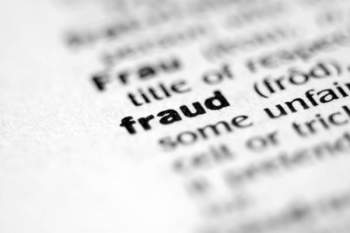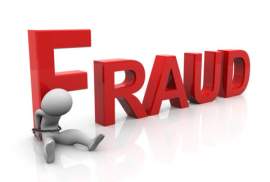
Total Losses and Statistics Explained

Counterfeiting takes a toll on individuals, business, and economies alike, and is more than a mundane or nuisance crime. Trademark protection is at the heart of anti-counterfeiting measures, although this type of protection is easier said than done. An inspection of some of the losses engendered by counterfeiting and other related statistics to this fraudulent activity will elucidate how the the specter of counterfeiting can insidiously affect the lives of almost everyone in a given nation. When corporations or individuals introduce a product to the marketplace, they most likely will have that product trademarked to ensure that others cannot manufacture or sell that item for a stipulated period of time. This ensures that the creators of this new product will have the capacity to profit from their ingenuity and inventiveness. Counterfeiting ignores these trademarks at a financial cost to companies and individuals, which makes trademark protection an essential ingredient of anti-counterfeiting measures. As trademark protections are violated, businesses lose money from a dip in the sales of their products which can, in turn, lead to job losses for their employees. According to the U.S. International Trade Commission and the European Commission, over two hundred thousand jobs were lost between the United States and Europe as a direct result of counterfeiting in 1996. A year earlier, anti-counterfeiting measures were unable to halt significant losses in exports for two major trading powers. The United States lost sixteen percent of their exports and Japan lost seventeen percent of their goods as well from the sale of counterfeit merchandise. Certain trademark protection work seems more important than others, especially in the realm of pharmaceutical medicine. The genuine pharmaceutical industry has lost more than seventeen billion dollars from counterfeit drugs. In addition to the loss of money that these counterfeit medicines produce, improperly manufactured pharmaceuticals represent a danger to the patients and individuals who ingest them. These counterfeit medications aren't identical products that simply ignore trademark protection, but are typically comprised of low quality or improper ingredients. This type of counterfeiting can lead to the deaths of countless individuals, and the actual number of deaths related to counterfeiting can probably never be actually tabulated. Other consumer goods that have trademark protection that commonly is not respected include items such as music, movies, and computer software. Approximately thirty percent of music compact discs are fraudulent and over forty percent of computer software is counterfeit material as well. The sale of these media products has cost their respective industries over seventeen billion dollars in revenue. Anti-counterfeiting measures have been enacted to help counteract some of this illegal activity, and they have enjoyed some success. Trademark protection is paramount to all individuals and corporations that hope to sell and market their products without the fear of counterfeiting endangering their jobs and livelihoods. Anti-counterfeiting measures can offer valued assistance, but seem to be unable to ever completely put an end to the counterfeiting machine.



















